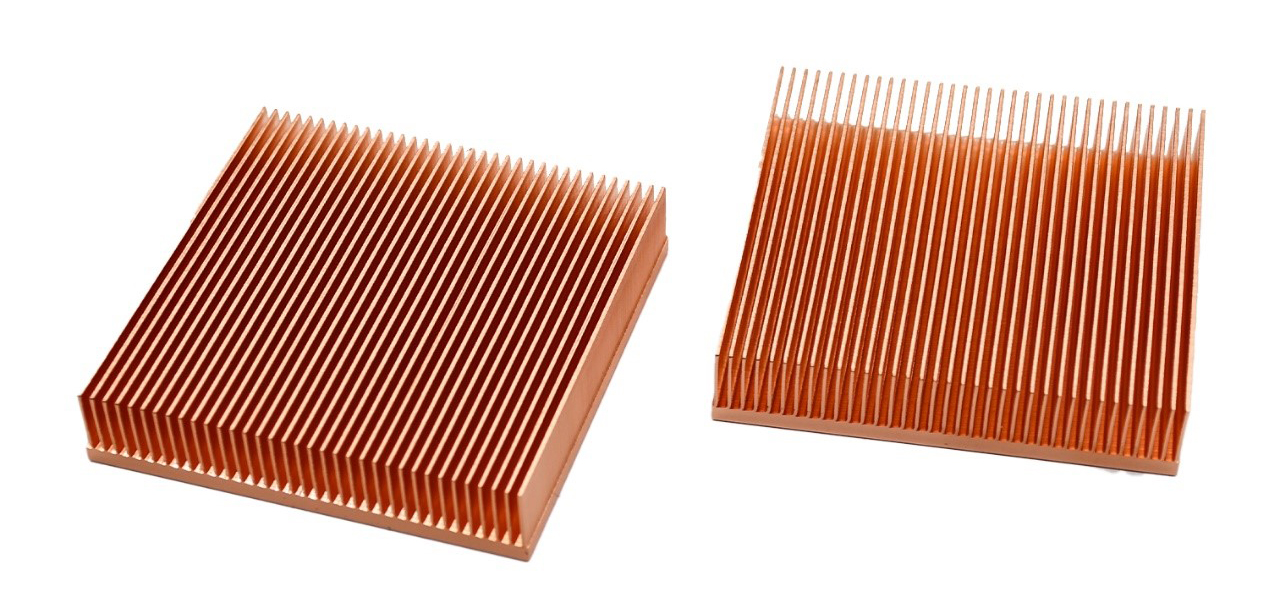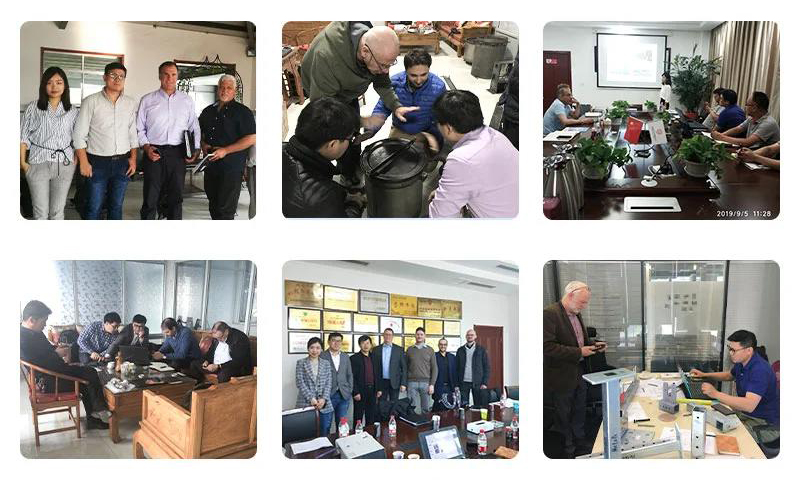- All
- Product Name
- Product Keyword
- Product Model
- Product Summary
- Product Description
- Multi Field Search



| Availability: | |
|---|---|
Product name : cpu gpu ram igbt round cylindrical circular custom aluminum heat sink profile extrusion
NO. | ITEM | DESCRIPTION |
1 | Material | Aluminum alloy 6060,6061,6063,T3,T5 |
2 | Dimension (Diameter*H) | Up to Φ200*120 mm |
3 | Fin Spacing | Minimum 2 mm |
4 | Fin thickness | Minimum 1.5 mm |
5 | Cooling Capacity | Up to 800 W |
6 | Flatness for mounting surface | 0.15 mm |
7 | Manufacturing Method | Aluminum extrusion PLUS further cnc machining if needed |
8 | Cooling Method | Natural or forced air cooling |
9 | Surface Finish | Mill finish or anodization |
10 | Warranty time | 1 year |
11 | Place of Region | Jiangsu province of China |
12 | Reference Standard | GB/T 3190-2008,GB/T 14846-2008,ISO 2768 |
M-stirling's heat sink technologies include
◆ CNC machined aluminum fins heat sink
◆ Skived aluminum heat sink
◆ Vacuum brazed bonded aluminum fins heat sink
◆ Extruded aluminum heat sink
◆ Die casting aluminum heat sink
◆ Epoxy glued bonded aluminum fin heat sink

▲ Copper heat sink
M-stirling’s manufacture a wide range of heat sink include
● Cpu gpu ram heat sink
● Led aluminum heat sink
● Heat sink aluminum enclosure
● Copper heat pipe heat sink
● Liquid water cooling heat sink
● Inverter Aluminum Heatsink
● Other custom heat sinks

▲ Skived aluminum heat sink with copper heat pipe
Brief of heat sink
A heat sink (also called a heatsink) is a passive heat exchanger that transfers heat generated by an electronic or mechanical device to a liquid medium, often air or a liquid coolant, where it is conducted away from the device, allowing the temperature of the device to be regulated. In computers, heatsinks are used to cool CPUs, GPUs, and some chipsets and RAM modules. Heat sinks are used in high power semiconductor devices such as power transistors and optoelectronics such as lasers and light emitting diodes (LEDs) where the heat dissipation capability of the component itself is not sufficient to regulate its temperature.
A heat sink is designed to maximize its surface area in contact with the surrounding cooling medium, such as air. Air velocity, choice of material, protrusion design, and surface treatment are factors that affect the performance of a heat sink. The methods used to attach the heat sink and the thermal interface materials also affect the chip temperature of the integrated circuit. Thermal adhesives or thermal paste improve the performance of the heat sink by filling the air gaps between the heat sink and the heat spreader on the device. A heat sink is usually made of aluminum or copper.
Product name : cpu gpu ram igbt round cylindrical circular custom aluminum heat sink profile extrusion
NO. | ITEM | DESCRIPTION |
1 | Material | Aluminum alloy 6060,6061,6063,T3,T5 |
2 | Dimension (Diameter*H) | Up to Φ200*120 mm |
3 | Fin Spacing | Minimum 2 mm |
4 | Fin thickness | Minimum 1.5 mm |
5 | Cooling Capacity | Up to 800 W |
6 | Flatness for mounting surface | 0.15 mm |
7 | Manufacturing Method | Aluminum extrusion PLUS further cnc machining if needed |
8 | Cooling Method | Natural or forced air cooling |
9 | Surface Finish | Mill finish or anodization |
10 | Warranty time | 1 year |
11 | Place of Region | Jiangsu province of China |
12 | Reference Standard | GB/T 3190-2008,GB/T 14846-2008,ISO 2768 |
M-stirling's heat sink technologies include
◆ CNC machined aluminum fins heat sink
◆ Skived aluminum heat sink
◆ Vacuum brazed bonded aluminum fins heat sink
◆ Extruded aluminum heat sink
◆ Die casting aluminum heat sink
◆ Epoxy glued bonded aluminum fin heat sink

▲ Copper heat sink
M-stirling’s manufacture a wide range of heat sink include
● Cpu gpu ram heat sink
● Led aluminum heat sink
● Heat sink aluminum enclosure
● Copper heat pipe heat sink
● Liquid water cooling heat sink
● Inverter Aluminum Heatsink
● Other custom heat sinks

▲ Skived aluminum heat sink with copper heat pipe
Brief of heat sink
A heat sink (also called a heatsink) is a passive heat exchanger that transfers heat generated by an electronic or mechanical device to a liquid medium, often air or a liquid coolant, where it is conducted away from the device, allowing the temperature of the device to be regulated. In computers, heatsinks are used to cool CPUs, GPUs, and some chipsets and RAM modules. Heat sinks are used in high power semiconductor devices such as power transistors and optoelectronics such as lasers and light emitting diodes (LEDs) where the heat dissipation capability of the component itself is not sufficient to regulate its temperature.
A heat sink is designed to maximize its surface area in contact with the surrounding cooling medium, such as air. Air velocity, choice of material, protrusion design, and surface treatment are factors that affect the performance of a heat sink. The methods used to attach the heat sink and the thermal interface materials also affect the chip temperature of the integrated circuit. Thermal adhesives or thermal paste improve the performance of the heat sink by filling the air gaps between the heat sink and the heat spreader on the device. A heat sink is usually made of aluminum or copper.

